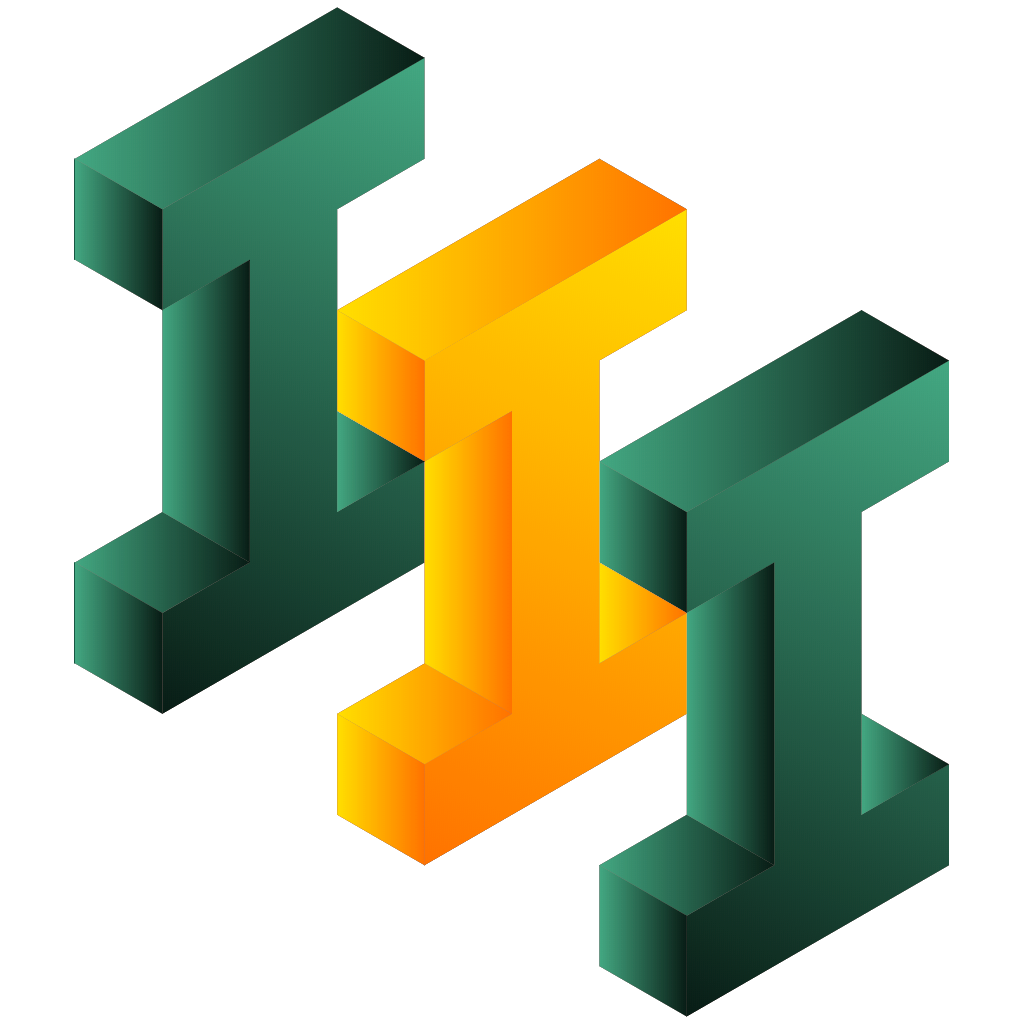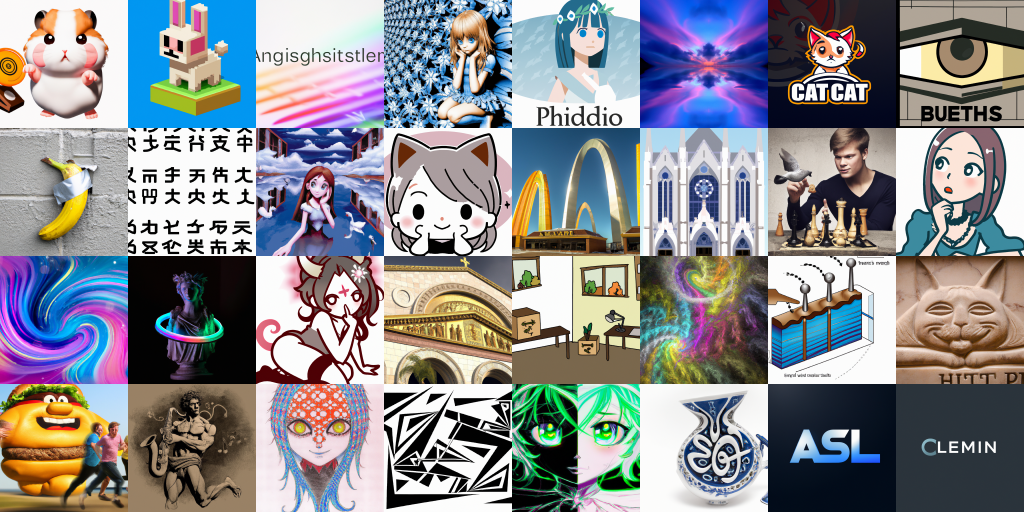Credits: Trainerswarehouse
Oct. 8, 2024, By Collins Mwange
Soccer, a sport known for its team-based dynamics and strategic play, offers valuable insights that can be translated into the functioning of a multidisciplinary research lab. The qualities inherent in successful soccer teams—such as teamwork, communication, strategy, adaptability, and resilience—can significantly improve collaboration, innovation, and productivity in research environments. This white paper explores the application of soccer team dynamics to enhance the operations of the ArtSciLab. By drawing parallels between the structured, collaborative environment of a soccer team and a research lab, this paper identifies key insights and outcomes that can be achieved. The recommendations include implementing clear roles and responsibilities, enhancing communication and coordination, fostering teamwork, continuous training, and adopting effective leadership styles.
Introduction
This white paper provides a comprehensive framework for improving the ArtSciLab operations by applying the principles of soccer team dynamics. It offers practical strategies research leaders can implement to enhance their teams’ productivity, collaboration, and innovation.
Effective research laboratory operations are crucial for knowledge advancement and innovation. A well-organized lab promotes efficiency, reduces errors, and fosters a collaborative environment where researchers can thrive. With the increasing complexity of modern research, it is essential to adopt best practices from multidisciplinary fields, including sports, to optimize lab performance.
Soccer teams exemplify high levels of coordination, communication, and teamwork. Each player has a specific role, yet they must work together seamlessly to achieve common goals (Rasheedi, 2024). The dynamics of soccer teams, including leadership, adaptability, and continuous improvement, provide valuable lessons that can be translated into research lab settings and improve the way the ArtSciLab operates.
Team Structure and Roles
Defining Clear Roles and Responsibilities
In both soccer teams and research labs, defining clear roles and responsibilities is fundamental. Each team member must understand their specific duties and how they contribute to the team’s overall objectives. This clarity helps prevent overlaps, reduces conflicts, and enhances efficiency.
Role Distribution in Soccer and Research Labs
Importance of Specialization and Versatility
Specialization allows team members to develop expertise in their respective areas, while versatility ensures they can adapt to different roles as needed. In soccer, players specialize in positions like defenders, midfielders, and forwards, but must also adapt to various game situations. For example, we have seen a player who plays as center half being deployed as a center back and performing very well. Similarly, researchers should specialize in their fields but remain flexible to support diverse project needs.
Continue reading…
Author
Collins Mbwika Mwange
DevSecOp Engineer
Collins Mwange is an MS Cybersecurity student at The University of Texas at Dallas (UTD). He is also a DevSecOp Engineer for the ArtSciLab (2024-25). In his free time, Collins plays soccer on and off campus.
See profile













